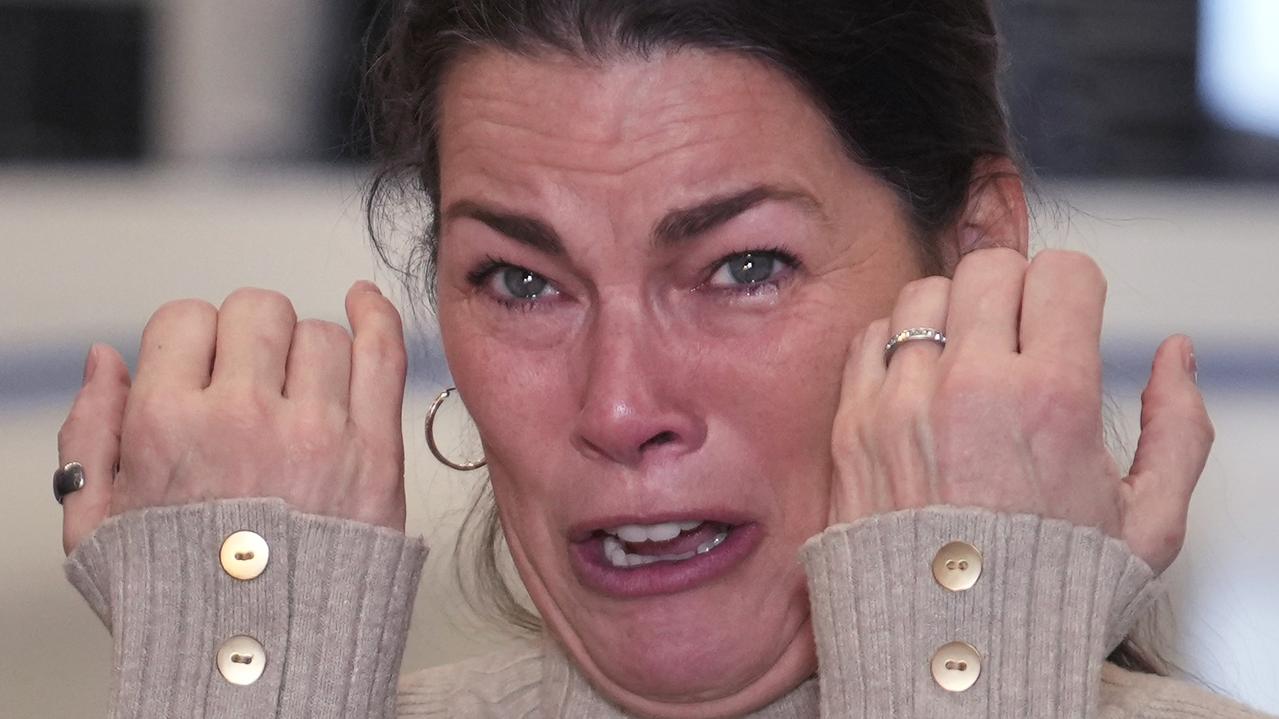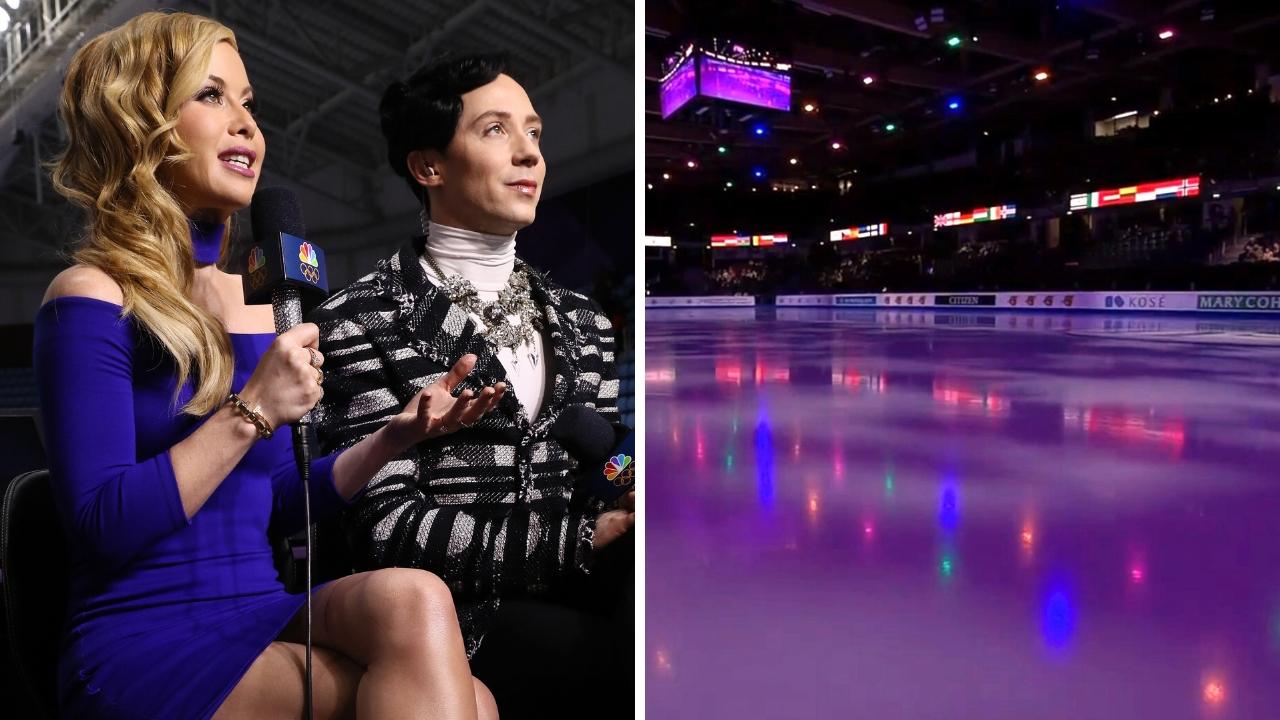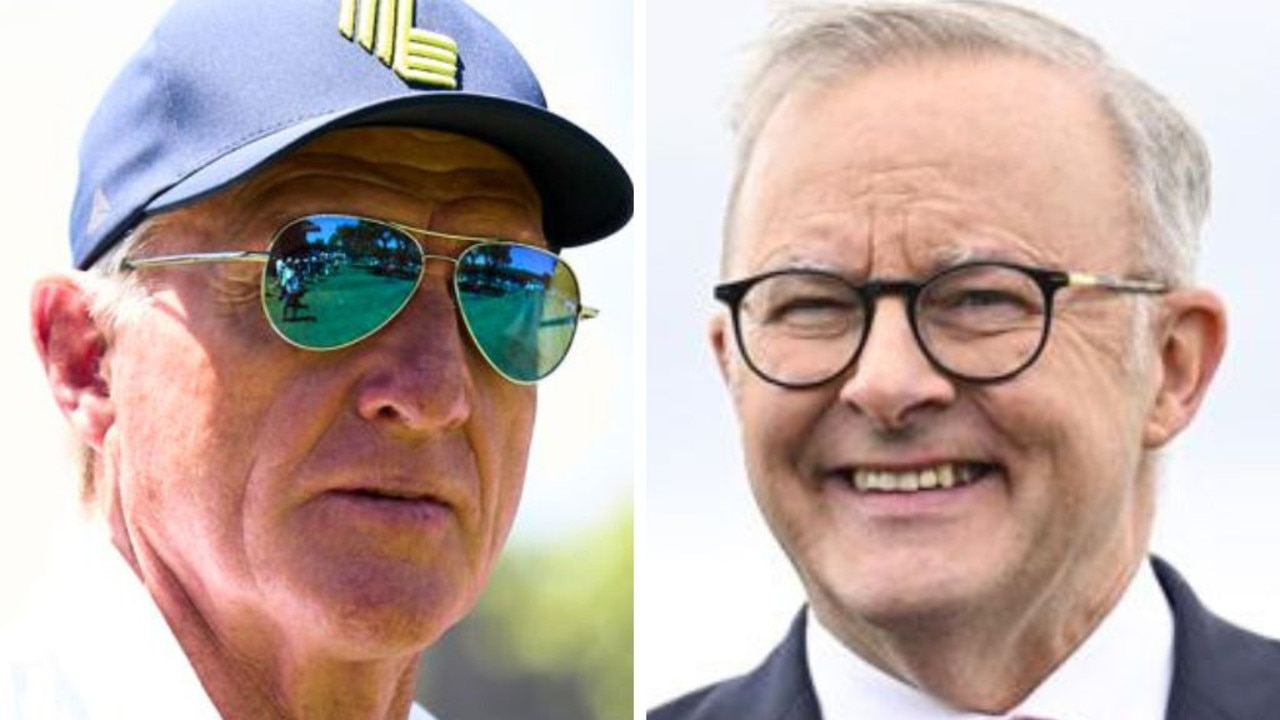Olympics 2016: how will Australian team cope with the unknowns of Brazil
SYDNEY was spectacular. Beijing big and bustling. London lavish. But, from Australia’s point of view, there’s just one word needed to sum up the Rio games – mysterious.
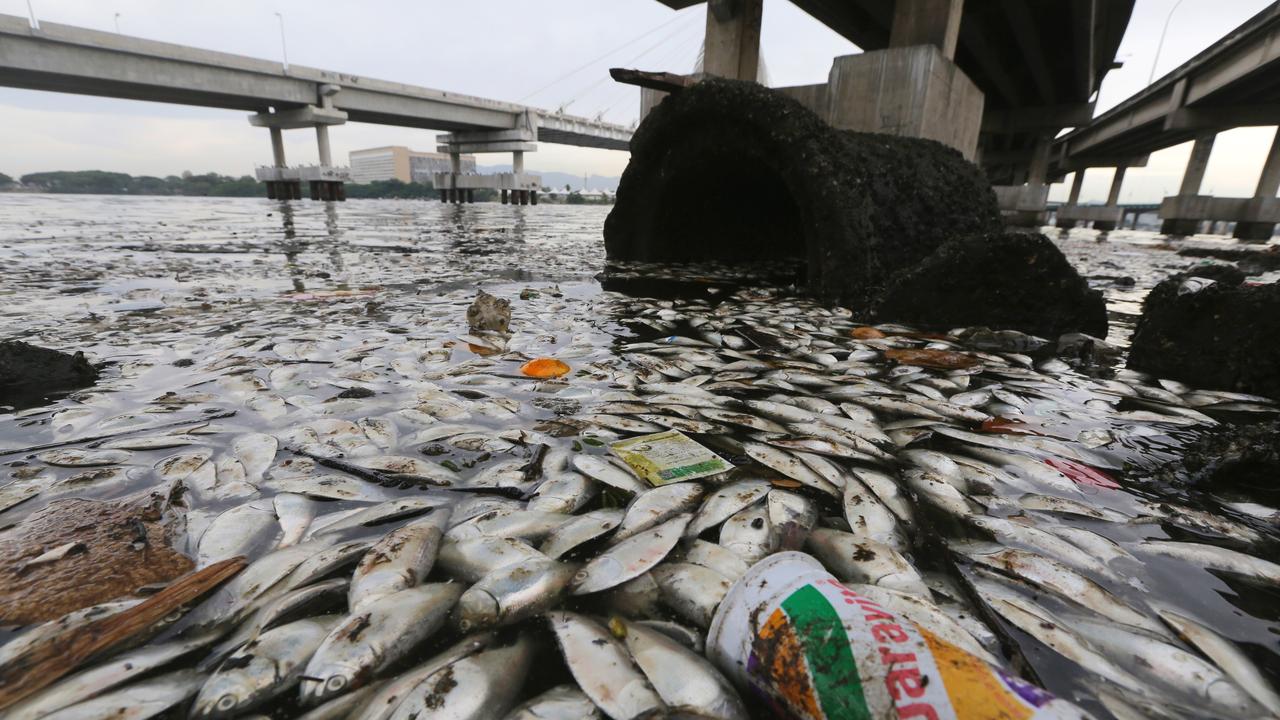
SYDNEY was spectacular. Beijing big and bustling. London lavish.
But, from Australia’s point of view, there’s just one provocative word needed to sum up next year’s Rio de Janeiro Olympics – mysterious.
To officials, fans and many athletes, South America is a continent less travelled and Brazil a country rarely visited.
A land of mystery and intriguing challenges, some hidden, some as in your face as street crime and water shortages.
“The AOC are thinking about a team of 450 – it would be interesting to ask how many of them have competed in South America,’’ said Australian Sports Commission chief executive Simon Hollingsworth.
KEY DATES: everything you need know about the 2016 Rio Olympics
GOLD: 10 best Aussie medal hopes
YOUNG GUNS: 10 rising stars set to shine in Rio
“You often ask them about competing in Europe, Asia or the United States and most have competed in all those areas. But South America ...’’
“Everything I am hearing about Rio is that it presents a really demanding set of circumstances, particularly for events which are outside the stadiums – rowing, sailing, marathons, triathlons.
“It is an interesting and challenging climate. There has been some well-publicised stuff around water conditions in Rio. It throws up a lot of unknowns.
“You have got to put it into context though. We are talking about athletes who are amazingly resilient.
“Some athletes say a track is a track and pool is a pool and that is the right attitude.’’
The sense that something fishy could happen at the Games was vividly reinforced when workers this year extracted 32 tonnes of dead fish from the lagoon which will host the Olympic rowing and canoeing events.
Australia has attempted to diffuse the looming threats of the hustle of a bustling city by securing a large wedding reception complex on the outskirts of Rio which will become a treasured oasis for the Olympic team.
It has been leased for three months and renamed The Edge during Australia’s residence there from August 5-21.
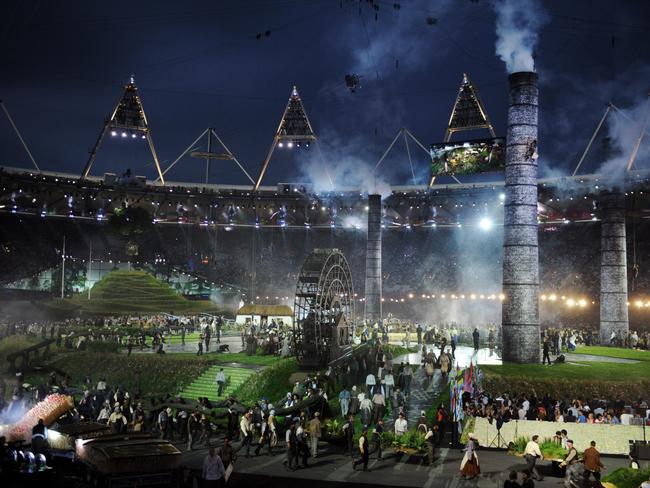
The venue has two half-sized football fields, a plunge pool, a 20m pool and a half-size basketball court and will be Australia’s secret weapon in its bid to surge towards the top five from a disappointing 10th place finish in London.
“That facility is going to be incredibly important,’’ Hollingsworth said.
“Without wanting to criticise Rio they don’t have much of a choice around high quality facilities that are available.
“Lots of countries compete for them so it is a bit of a coup for the AOC to secure that. It will give the athletes a space to recover.’’
Australia’s sailors, who rescued our nation’s bacon at the London Olympics by providing three of the seven golds, have had several scouting trips to Rio to assess tricky wind conditions shaped by local mountain ranges.
Rio will be a testing environment for Australia to zoom up the medal tally into the top five position it carves but anything less than the London result will be considered beneath a pass mark.
“Next year our minimum test to success is an improvement on London. We expect in the range of nine to 12 gold medals. That would be well inside the top 10.
“If you look at all the countries who are in the top 10 they are all very big countries population wise. Australia and New Zealand are the lower end of that. You are competing in a pretty tough environment.’’
Originally published as Olympics 2016: how will Australian team cope with the unknowns of Brazil

